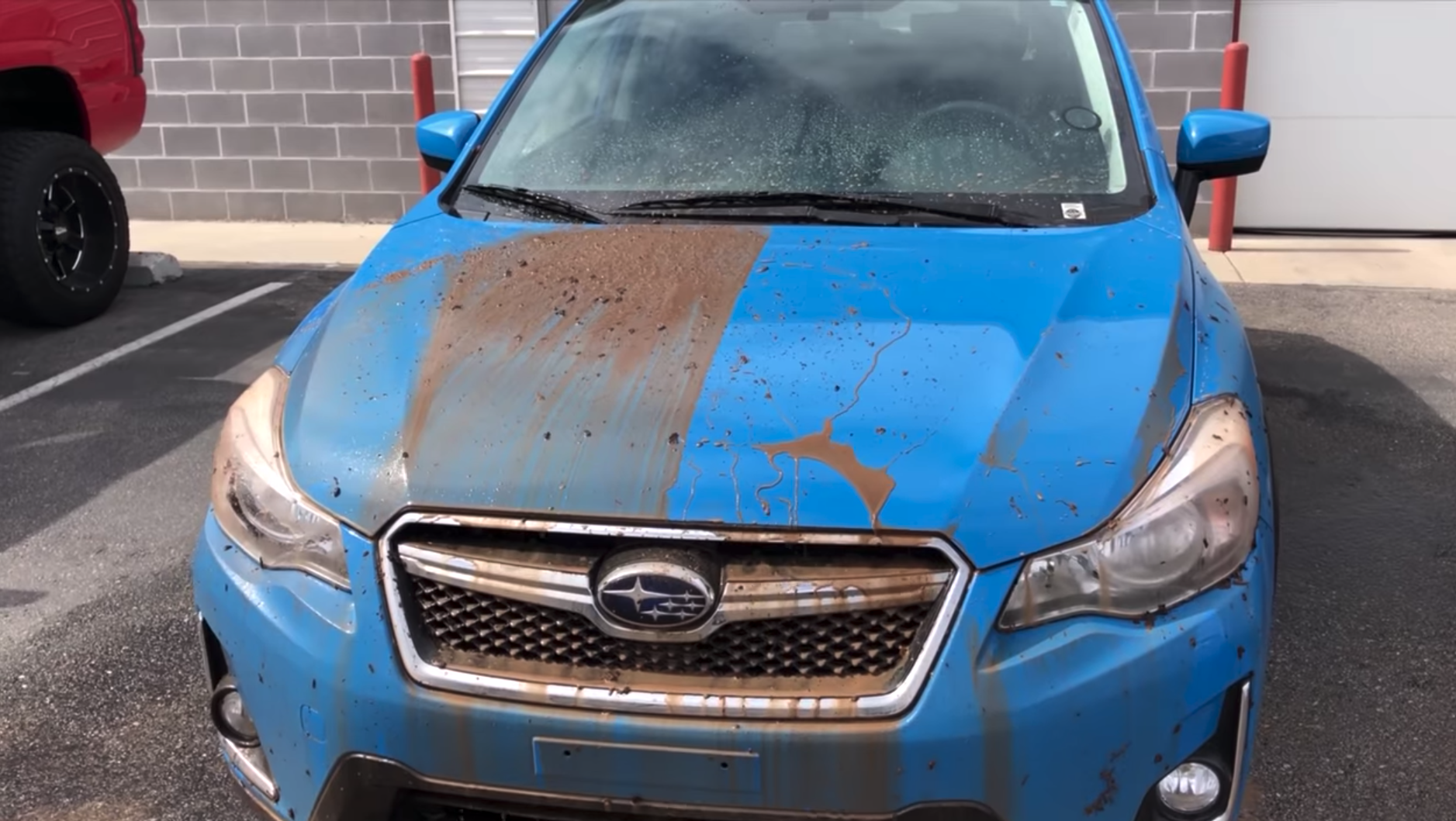What to Expect Throughout Your Ceramic Coating Application Process
Wiki Article
The Duty of Ceramic Finish in Safeguarding Your Vehicle's Paint From Environmental Damages
Ceramic finishing has become an innovative option for vehicle owners seeking to protect the integrity of their car's exterior. By establishing a robust chemical bond with the paint, this innovative technology supplies a powerful barrier versus various ecological risks, such as UV rays, acid rainfall, and pollutants. However, recognizing the extensive advantages and the complexities of the application process is crucial for maximizing its performance. As we explore the nuances of ceramic coating, it ends up being noticeable that the option to apply this protective action might dramatically influence your automobile's longevity and aesthetic.What Is Ceramic Finish?
Ceramic coating is an advanced liquid polymer put on the outside surface areas of a lorry, designed to provide a resilient layer of security for the paint. This ingenious option creates a chemical bond with the lorry's manufacturing facility paint, creating a resilient and hydrophobic shield. The covering includes nanoparticles that fill out the microscopic imperfections in the paint, resulting in a smooth surface that enhances beam and gloss.Typically, ceramic coatings are available in various formulations, enabling various degrees of security and durability. While some products can last for several months, others supply defense for numerous years, depending upon the thickness of the application and environmental variables. The application process requires thorough prep work, consisting of washing, sanitizing, and brightening the automobile's surface to ensure optimum bond of the finishing.

Benefits of Ceramic Finish
One of the primary advantages of applying a ceramic finish is the remarkable protection it uses to automotive paint. This advanced covering forms a resilient layer that shields the lorry's surface area from a variety of ecological risks, consisting of UV rays, acid rainfall, bird droppings, and tree sap. By giving this durable protection, ceramic finishes substantially reduce the danger of fading and etching, preserving the cars and truck's aesthetic charm over time.
Along with defense, ceramic finishings are renowned for their hydrophobic residential properties, which fend off water and dust, making it easier to preserve a tidy vehicle. This self-cleaning impact lowers the frequency of washing, conserving both time and sources. Ceramic finishes boost the depth of the paint's gloss, resulting in a sleek and vivid look that elevates the overall look of the automobile.
Another significant advantage is the long life of ceramic coverings. Unlike typical waxes or sealants that require regular reapplication, ceramic coatings can last several years, using a cost-effective solution for automobile proprietors seeking long-lasting protection. Overall, purchasing ceramic finishing leads to improved longevity, reduced maintenance, and sustained visual appeal for automobile paint.
Exactly How Ceramic Layer Works
A ceramic coating operates with a chemical bonding procedure that develops a protective layer on the car's paint surface area. This cutting-edge solution uses innovative nanotechnology, where tiny fragments of silica are put on hold in a fluid form - ceramic coating. Upon application, these particles bond with the manufacturing facility paint, creating a sturdy and hydrophobic layer that improves the car's surfaceThe major element of ceramic finishings, silicon dioxide (SiO2), contributes to the coating's toughness and durability. When cured, the coating changes into a tough, glass-like surface that guards the paint from environmental contaminants such as dust, UV rays, bird droppings, and tree sap. This molecular bond leads to a surface that is not just resistant to scrapes but additionally much easier to clean, as dust and gunk are much less likely to stick.
Furthermore, the hydrophobic residential properties of ceramic the original source finishings cause water to grain and slide off, reducing the opportunities of water spots and natural resource. This protective obstacle effectively extends the life of the i was reading this paint and maintains the lorry's visual appeal, supplying vehicle owners a resilient service for paint protection.
Application Process of Ceramic Finishing
When thinking about the application of ceramic finish, preparation is essential to attaining optimal results. Any scratches or flaws should be resolved at this phase, as the finish will bond with the surface underneath.

Ceramic covering is after that applied in little sections, generally utilizing an applicator pad. It is critical to function in even strokes, guaranteeing consistent insurance coverage. The layer should be enabled to treat for a specified time, which can vary depending on the product made use of. After the first application, a high-grade microfiber towel is made use of to rub the surface, enhancing gloss and ensuring a smooth coating. Ultimately, the automobile ought to be left to heal in a regulated atmosphere to allow the coating to totally bond with the read this post here paint.
Long-Term Upkeep and Care
Attaining a successful ceramic coating application establishes the foundation for lasting protection, yet proper upkeep is important to maintaining its benefits. Normal washing is important; using a pH-neutral cars and truck shampoo will certainly help preserve the coating's stability without creating damage. Stay clear of automated vehicle cleans that usage rough materials, as they can endanger the covering's surface area.
Additionally, using a ceramic coating maintenance spray can improve the existing layer, supplying an added boost in protection and luster. It's a good idea to execute this every 3 to six months, depending on environmental exposure.
Finally, parking in shaded areas or using automobile covers can stop long term direct exposure to unsafe UV rays and environmental contaminants, even more prolonging the life of your ceramic finishing. By adhering to these maintenance methods, you can ensure your car's surface stays secured and visually appealing for many years to find.
Conclusion
In summary, ceramic covering serves as a vital protective measure for automotive paint, effectively securing lorries from a variety of ecological dangers. Its capability to produce a robust hydrophobic obstacle not just improves aesthetic appeal yet additionally dramatically minimizes the frequency and intensity of upkeep needed. The resilient nature of this advanced polymer underscores its worth in protecting car integrity and look, eventually adding to an extra aesthetically appealing and durable auto surface.Ceramic covering is an innovative liquid polymer applied to the external surfaces of a lorry, created to offer a sturdy layer of security for the paint. Ceramic coverings boost the depth of the paint's gloss, resulting in a vivid and refined look that raises the overall look of the vehicle.
A ceramic finish operates with a chemical bonding process that produces a safety layer on the car's paint surface area.The primary part of ceramic coverings, silicon dioxide (SiO2), adds to the covering's toughness and durability.In recap, ceramic finishing offers as a crucial safety step for auto paint, effectively protecting automobiles from an array of environmental dangers.
Report this wiki page